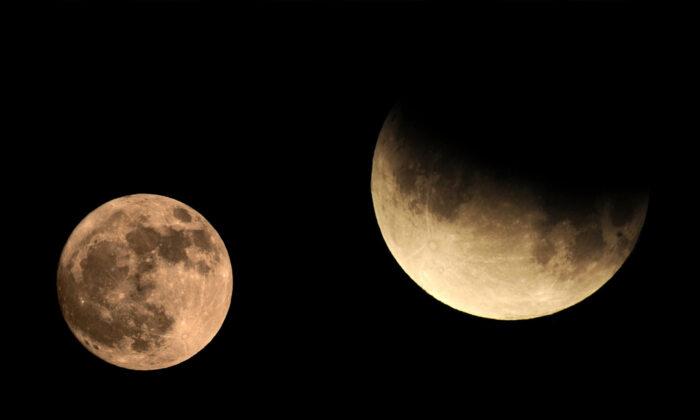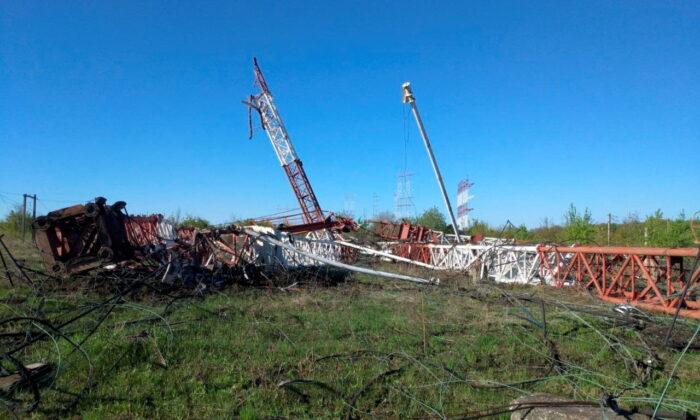The next lunar eclipse—also known as a “Beaver Moon”—will be visible across North America in the early hours of Friday and is set to be the longest of the century—and the longest in nearly 600 years.
The partial shadow of the Earth will begin falling on the upper left part of the moon at 1:02 a.m. EST, but the slight dimming of the moon will not be noticeable until the full shadow of the Earth begins falling on the upper part of the moon at 2:18 a.m, according to NASA.
The arc of the Earth’s shadow then will spread across the moon until the peak of the eclipse at 4:02 a.m., the federal agency said. At this time, 97 percent of the Moon will be in full shadow, turning a reddish-brown color.
Alternative names for November’s full moon include the Digging Moon (from the Tlingit), the Whitefish Moon, and the Frost Moon.
The moon will appear full for about three days, from Wednesday night through Saturday morning, according to NASA. The agency notes that at three hours 28 minutes and 23 seconds, this year’s lunar eclipse will be the longest between 2001 and 2100.
Lunar eclipses, unlike solar eclipses, are safe to observe with the naked eye. According to Space.com, those located in the far west will have the best view of the Beaver Moon. It will also be visible in South America, Australia, and parts of Europe and Asia.






Friends Read Free